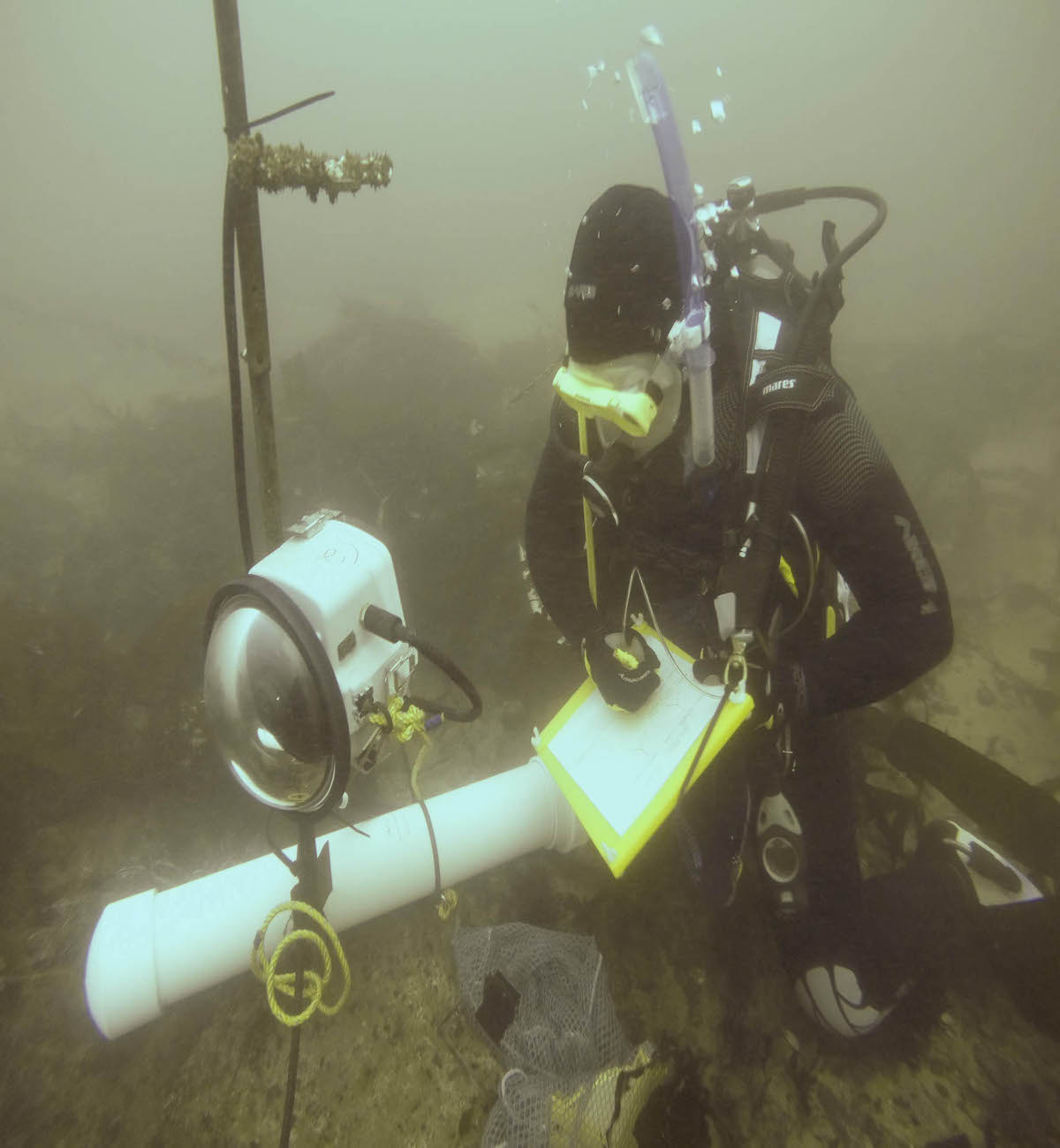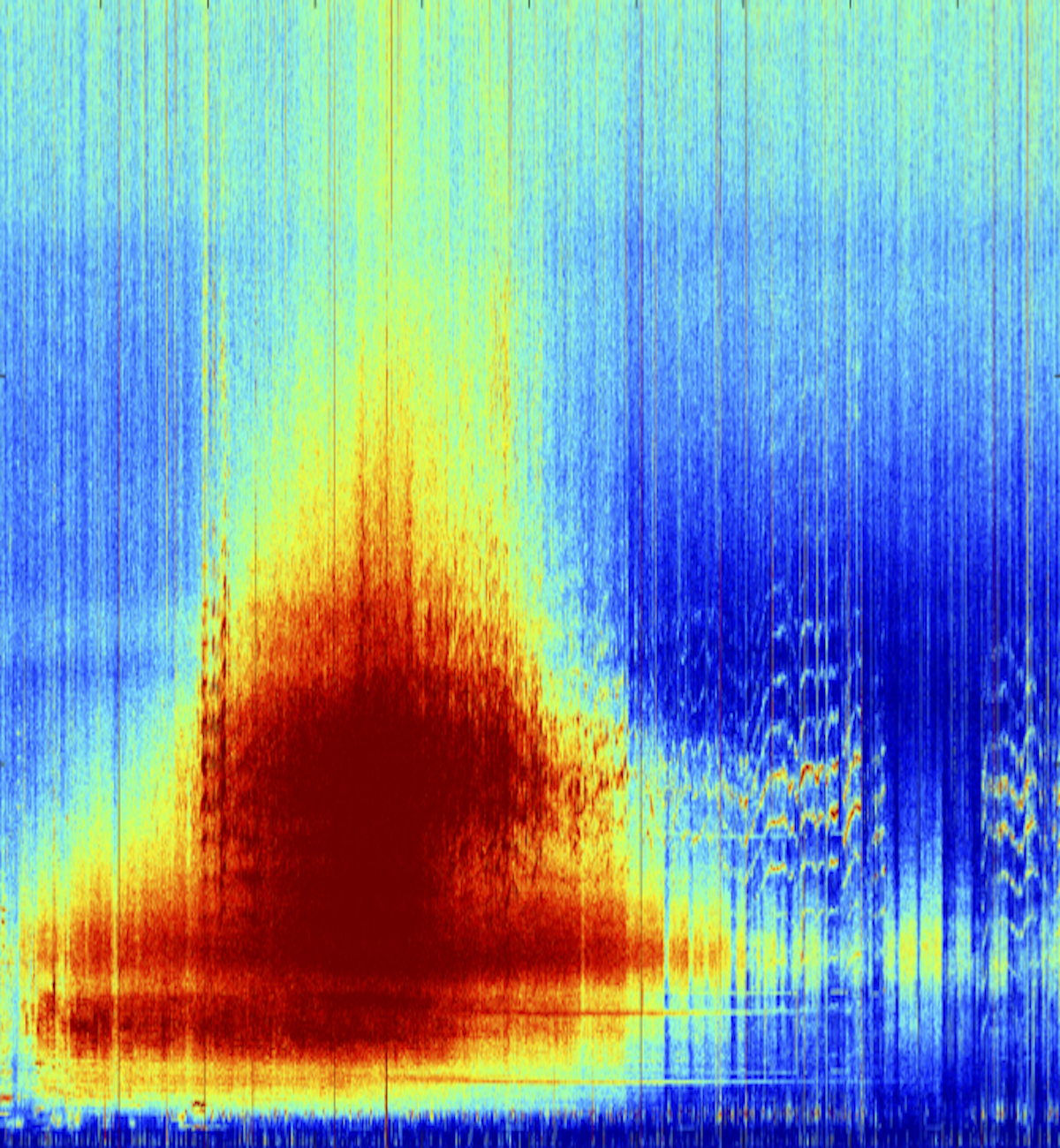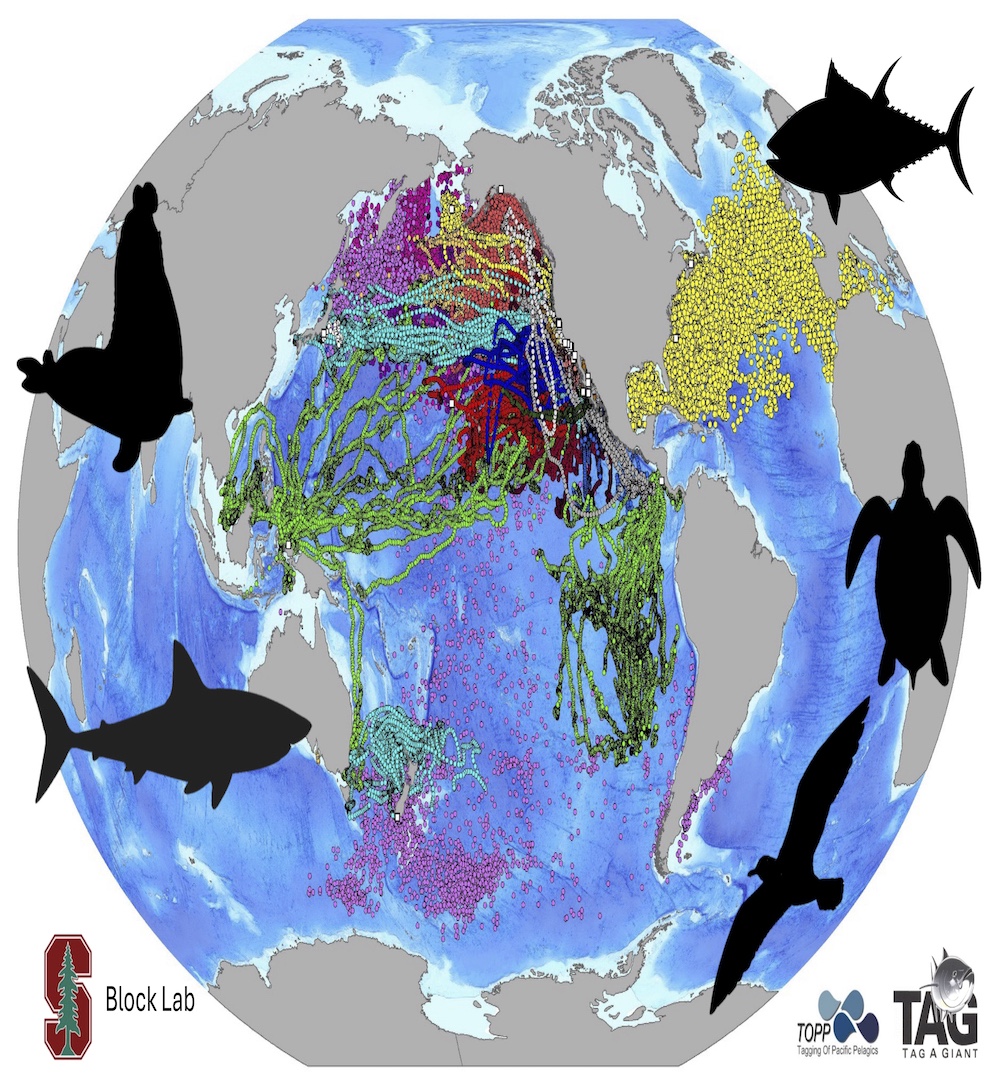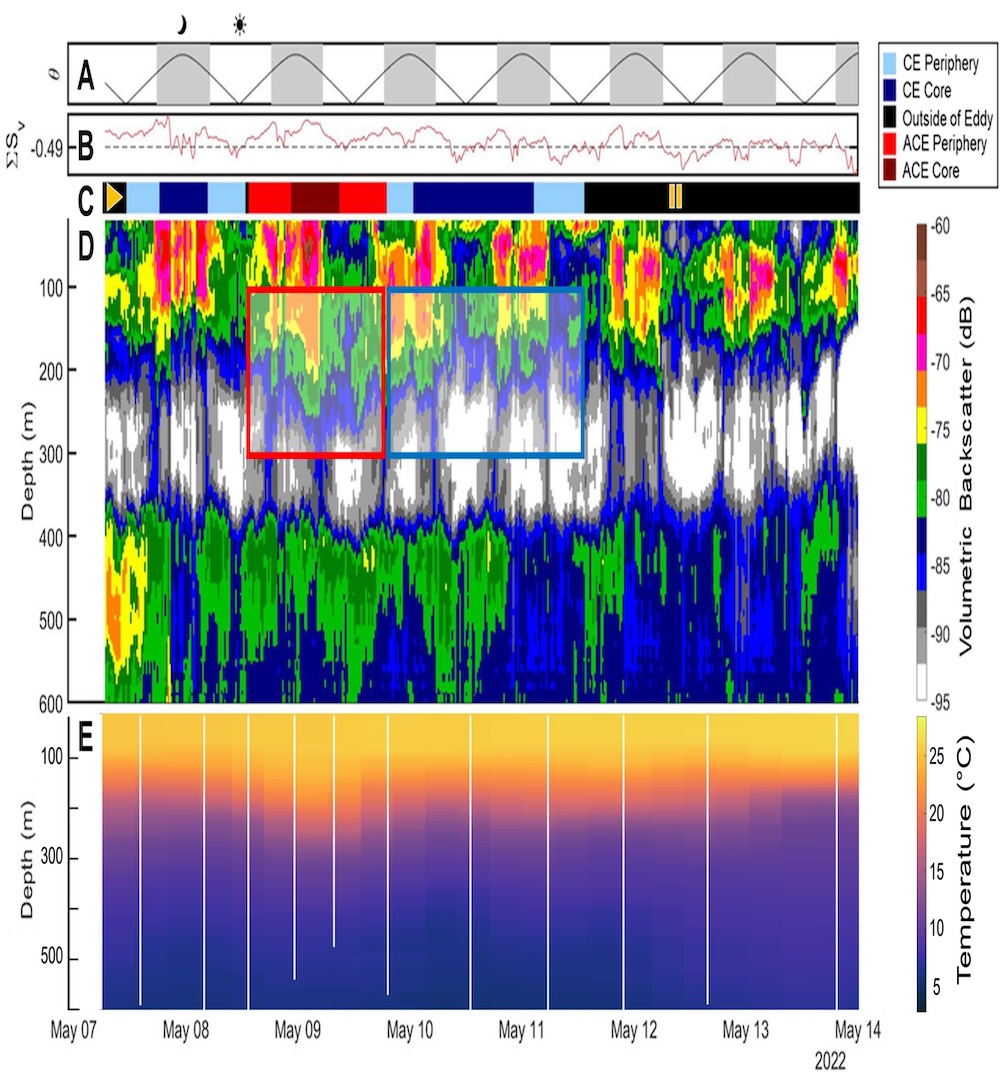Current Research
DIY Ocean Instruments
Conservation efforts in coastal habitats have heavily relied on person-intensive methods to quantify their effectiveness. However, upscaling these efforts over large spatiotemporal scales is costly. With the ongoing "Maker” Revolution, building instruments with applications in ocean conservation is rapidly becoming cheaper and more accessible. Our focus is the development of non-invasive monitoring technologies that push the boundaries of conventional approaches for evaluating the health of marine ecosystems and the effectiveness of marine protected areas (MPAs).
We are currently working on two projects: (1) a drifting autosampler to measure net ecosystem metabolism, and (2) a multi-sensory platform that combines a camera, hydrophone and temperature sensor to monitor coastal biodiversity.
Previous open-source projects have included: (1) an optical imaging system to capture images in low-light aquatic habitats using only ambient light, (2) a low-cost (< $1,000) underwater passive acoustic recorder that can be calibrated, and (3) a rapid method to map the three-dimensional structure of kelp forests using an off-the-shelf “fish finder”.
Publications
Butler and Pagniello (2022). Emerging, Low-Cost Ocean Observing Technologies to Democratize Access to the Ocean. Pagniello et al. (2021). An Optical Imaging System for Capturing Images in Low-Light Aquatic Habitats Using Only Ambient Light.Passive Acoustic Monitoring Tools
Behaviors associated with sound production by marine animals, especially amongst fishes, are poorly characterized. Moreover, knowledge of the environmental factors and ecological constraints which may modify, or hinder signal transmission and detection is lacking, but crucial for implementing effective conservation strategies and mitigating the impact of anthropogenic activities on marine life. Our focus is the development of automated signal processing tools that exploit the coherence of propagating acoustic waves to enhance the performance of sensing arrays to detect, classify, and locate biological transient sounds.
We are currently working on two projects: (1) a generalized power-law detector to automatically find transient, low-frequency sounds in a wide range of ocean noise conditions, and (2) investigating the hypothesis that kelp forests act as an acoustic refuge for sound-producing fish.
Previous work has demonstrated the ability to conduct coastal surveys of sound-producing fish spawning aggregations with an autonomous surface vehicle and tracked individual fish within these aggregations near the border of an MPA using a novel localization algorithm that improves precision and accuracy to a few meters.
Publications
Butler, Pagniello et al. (2021). Diel and seasonal variability in kelp forest soundscapes off the Southern California coast. Pagniello et al. (2019). Mapping Fish Chorus Distributions in Southern California Using an Autonomous Wave Glider.Animals as Ocean Observing Platforms
Animals equipped with electronic tags that can collect high-resolution, three-dimensional movement in concert with oceanographic data are an under-utilized data stream in oceanography that could be used to measure submesoscale features (i.e., features on scales of 1 to 10 km and hours to days). However, integrating physical and biological ocean data continues to pose a significant computational challenge. Our focus is the application of novel data science methods to further our understanding of how animals are utilizing local ocean dynamics and responding to climate change as well as to improve our predictive capabilities of future ocean and climate conditions.
We are currently working on two projects: (1) an open and reproducible pipeline to extract ocean properties from animal-borne electronic tags and integrate them into global ocean observational datasets, and (2) a new type of profile classification model to identify water masses from temperature-depth profiles collected by electronically-tagged animals.
Previous work has shown that hotspots of Atlantic bluefin tuna the in the ocean co-occur with long-lived, quasi-stationary anticyclonic features (i.e., eddies or recirculation), that Atlantic bluefin tuna exhibit spatially-varying dynamic vertical diving behaviours and that electronically-tagged sharks have the potential to serve as submesoscale-resolving oceanographic platforms and fill spatial gaps in the ocean observing network, particularly in coastal and polar regions.
Publications
Ferter*, Pagniello* et al. (2024). Atlantic bluefin tuna tagged off Norway show extensive annual migrations, high site-fidelity and dynamic behaviour in the Atlantic Ocean and Mediterranean Sea. Pagniello et al. (2024). Novel CTD tag establishes shark fins as ocean observing platforms. Pagniello et al. (2023). Tagging of Atlantic bluefin tuna off Ireland reveals use of distinct oceanographic hotspots.Other Ongoing Projects
In the MILLO Group, we love ocean data and challenging problems! Team members work on a wide variety of projects. Projects include:
- the influence of mesoscale features on deep scattering layers,
- genome-wide population structure of commercially-important fisheries,
- sensitivity of ecological conclusions to length-to-weight constants,
- impact of policy changes on livelihoods in small island state communities,
- rescue and digitization of historic oceanographic datasets, and
- size-structured biomass of the zooplankton community.
We are always excited to explore new research directions, especially with complex, multivariable and FAIR datasets.



